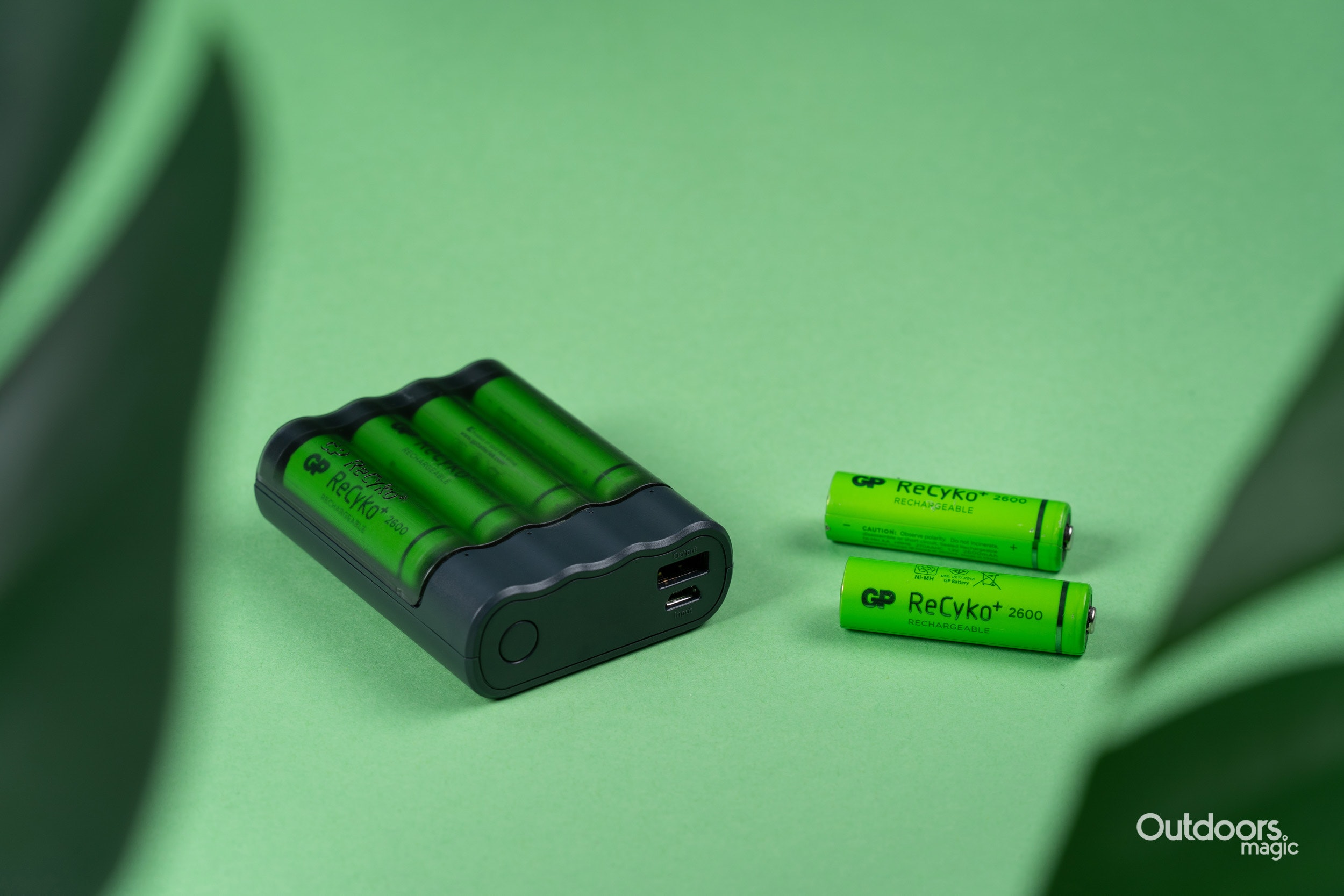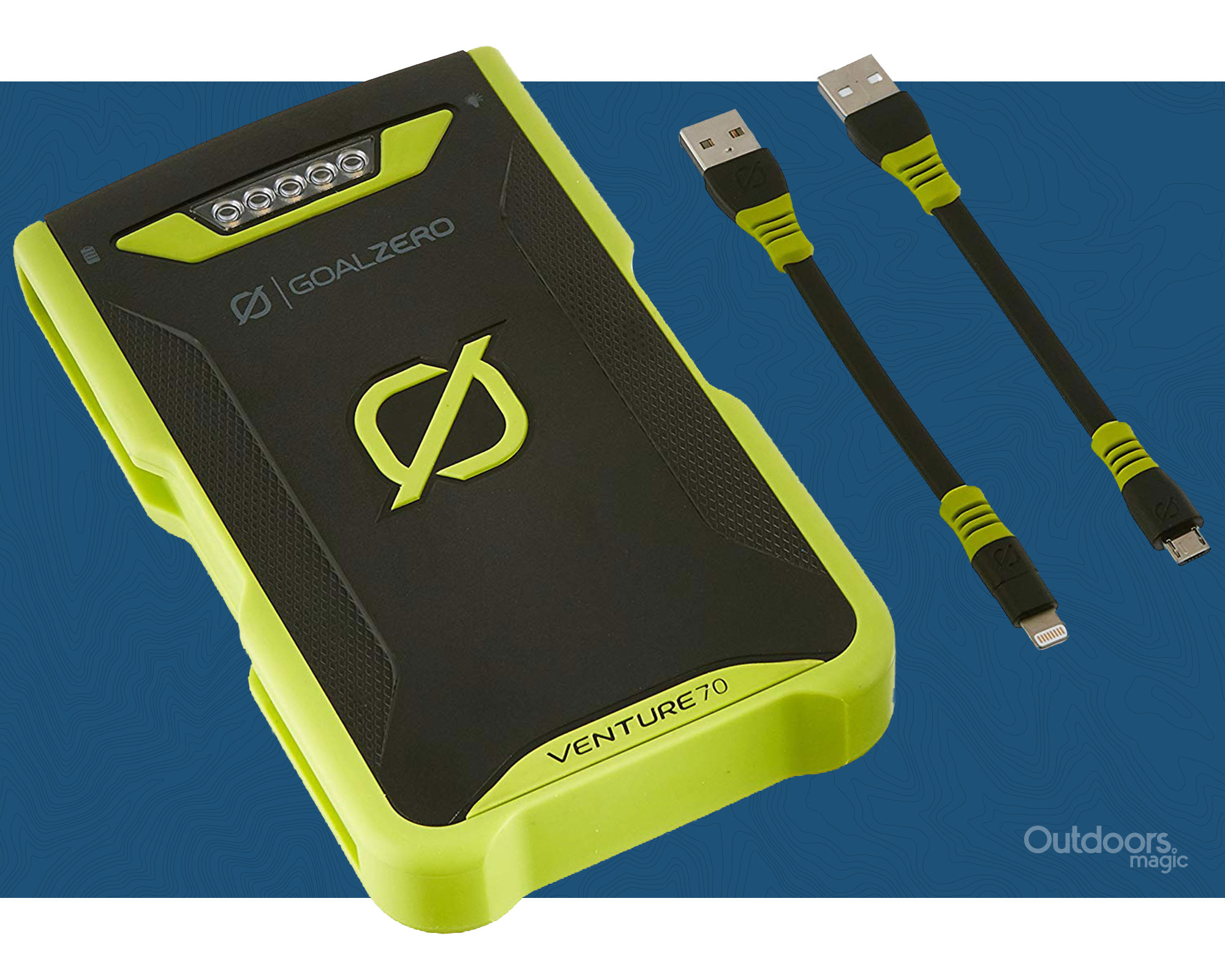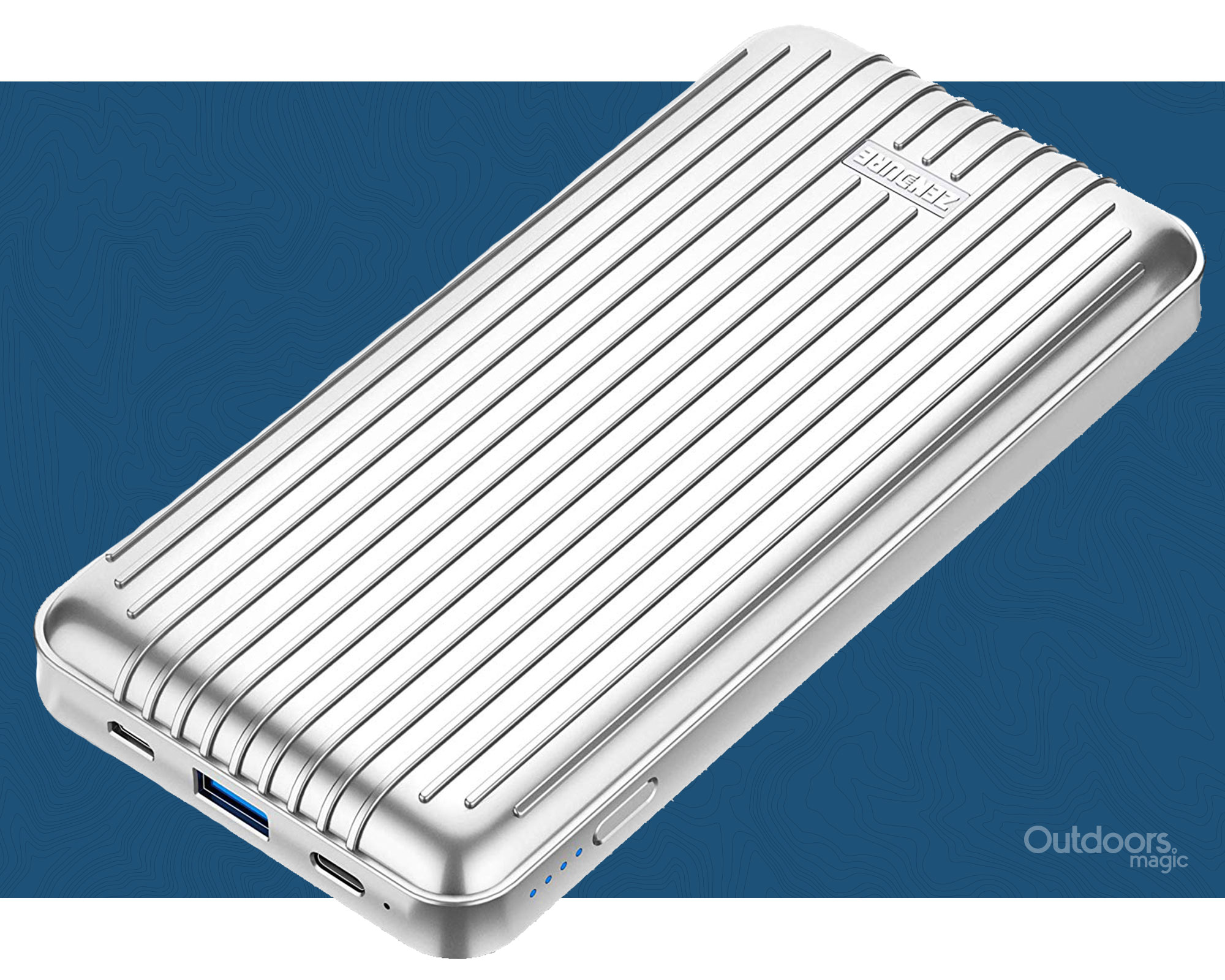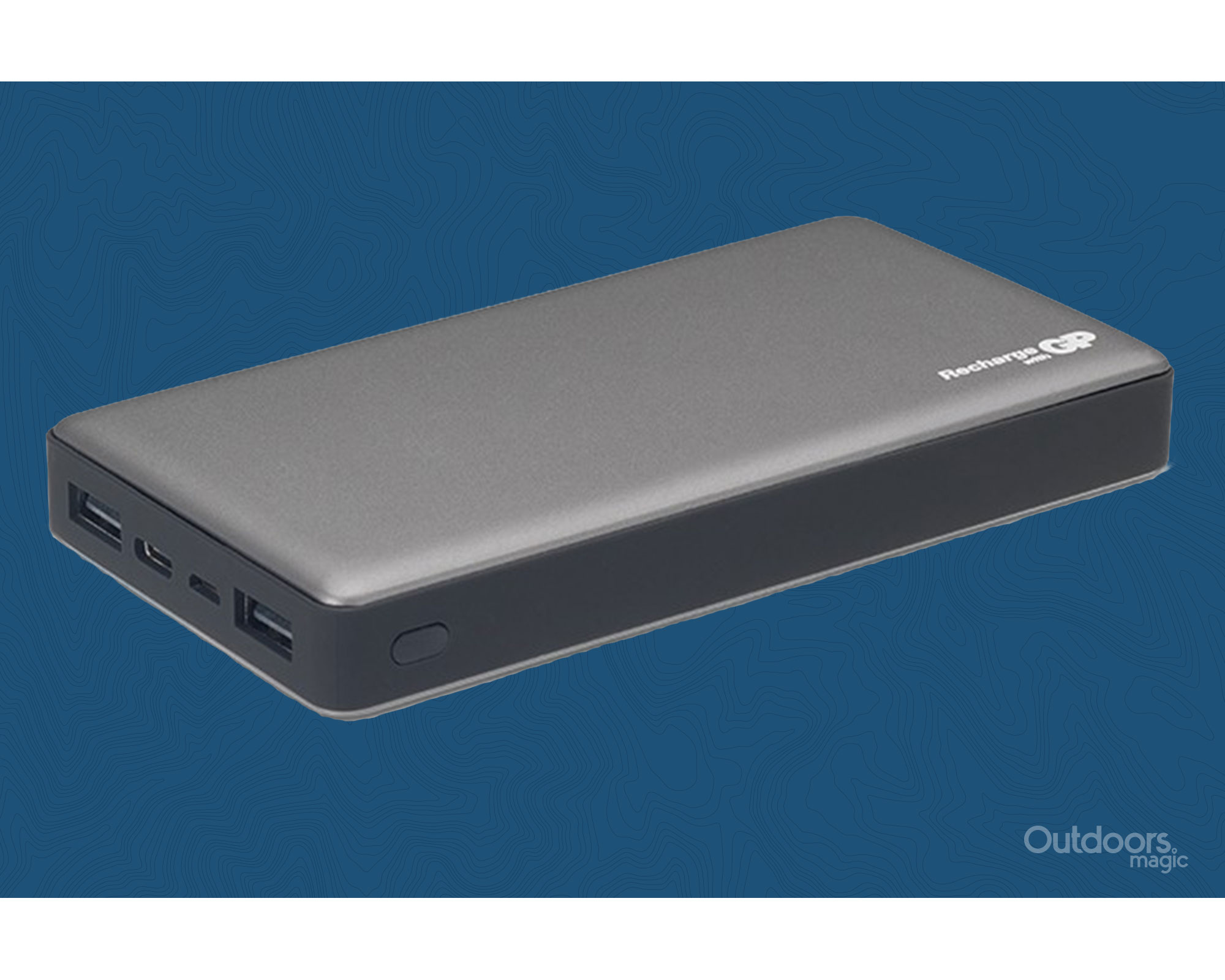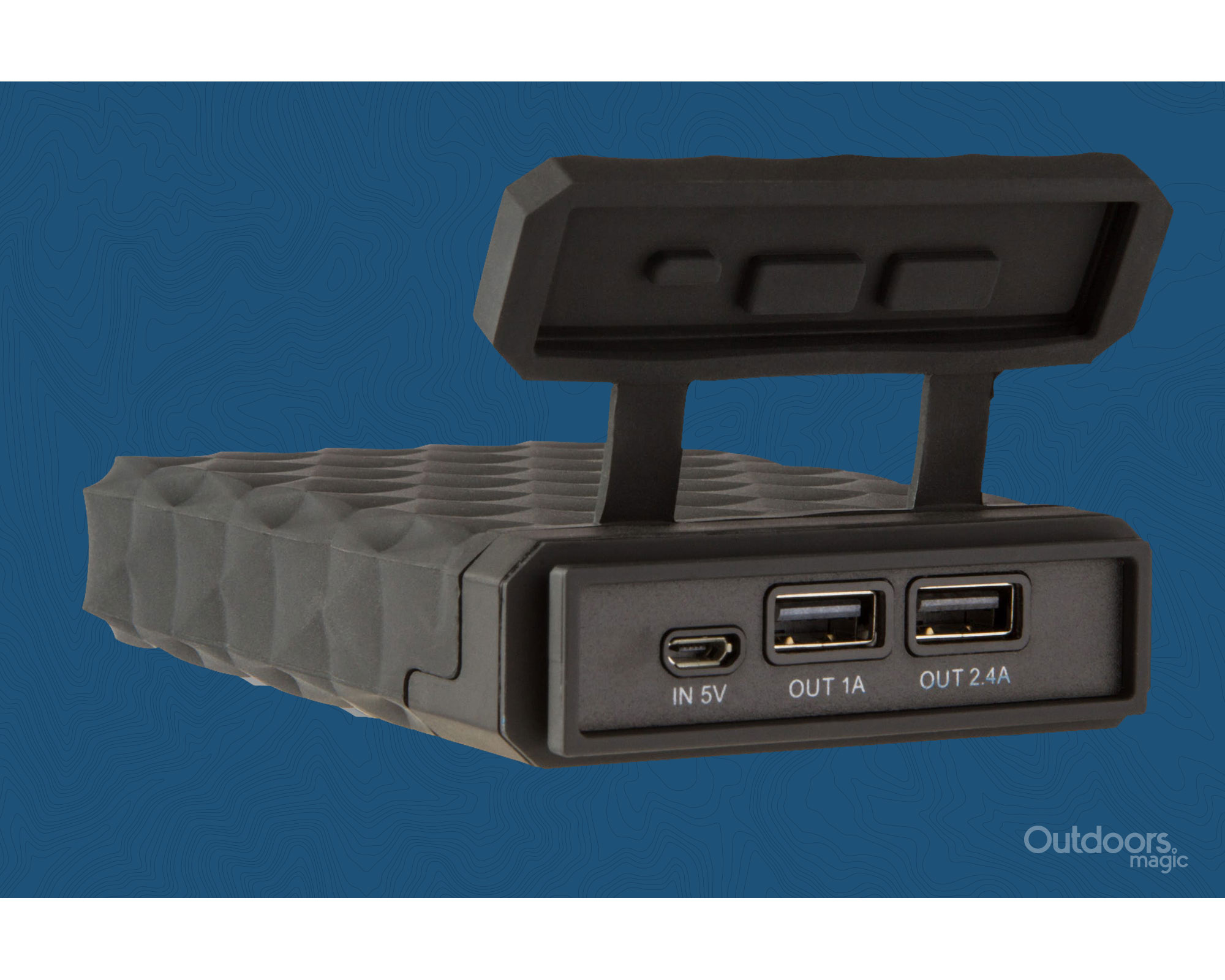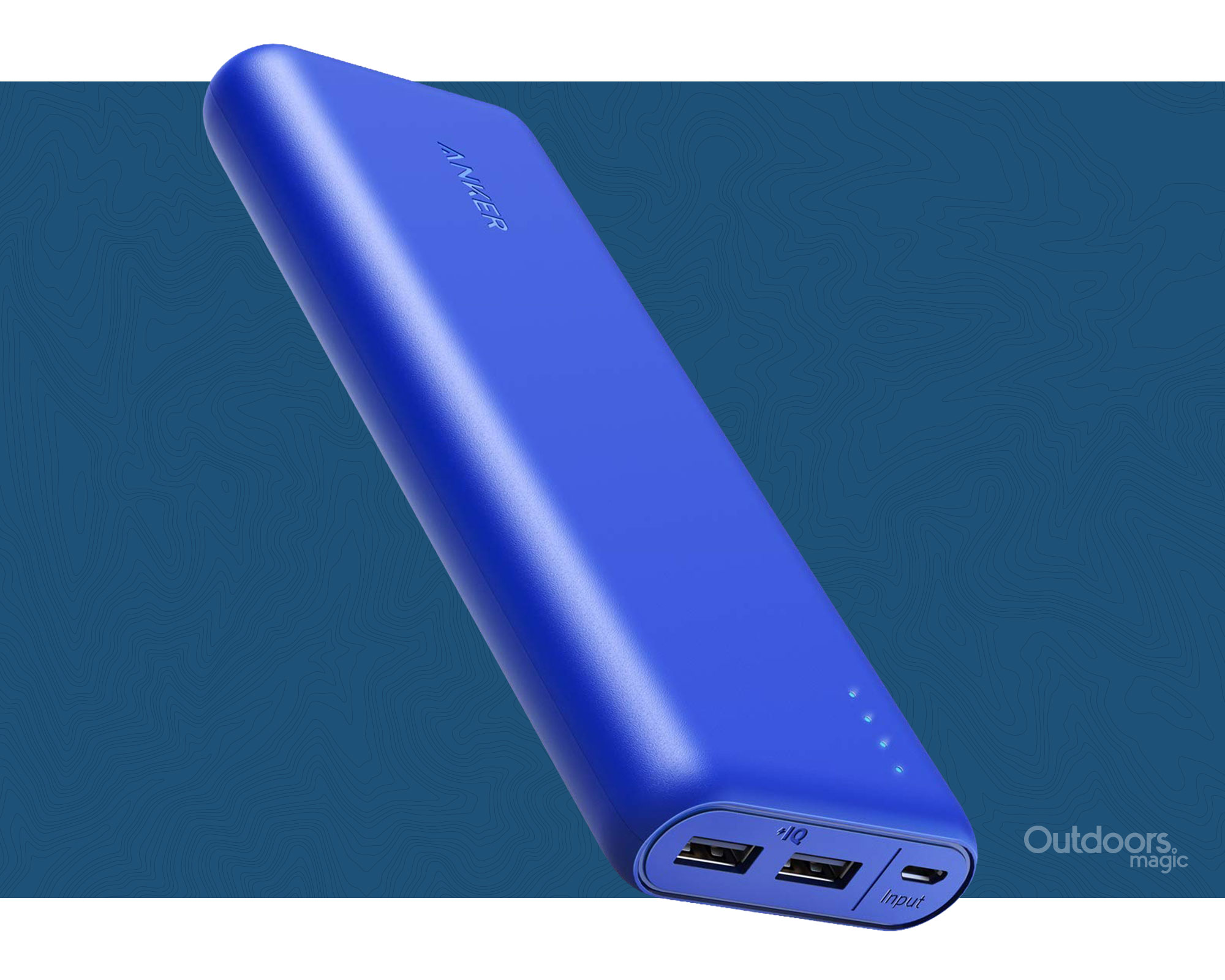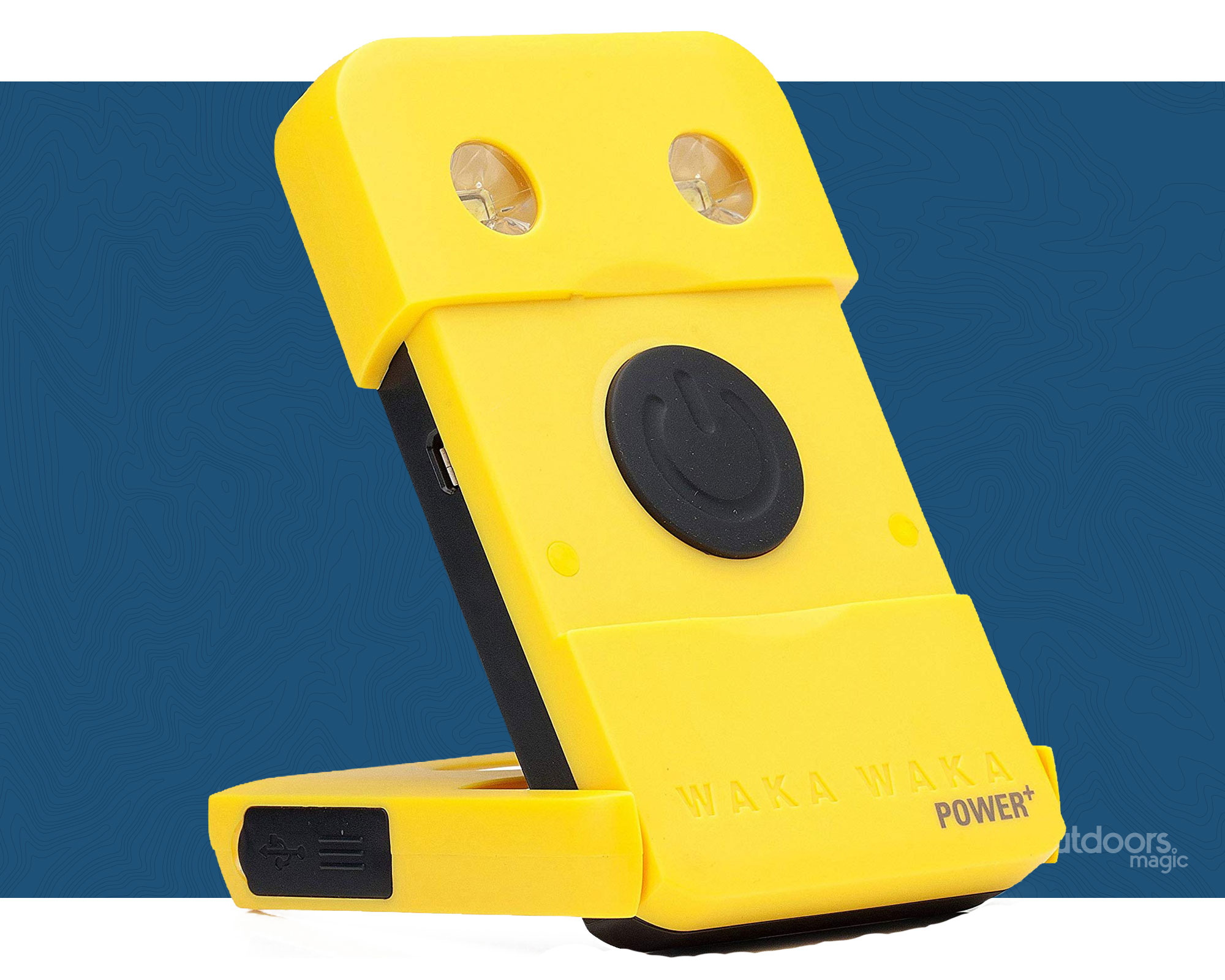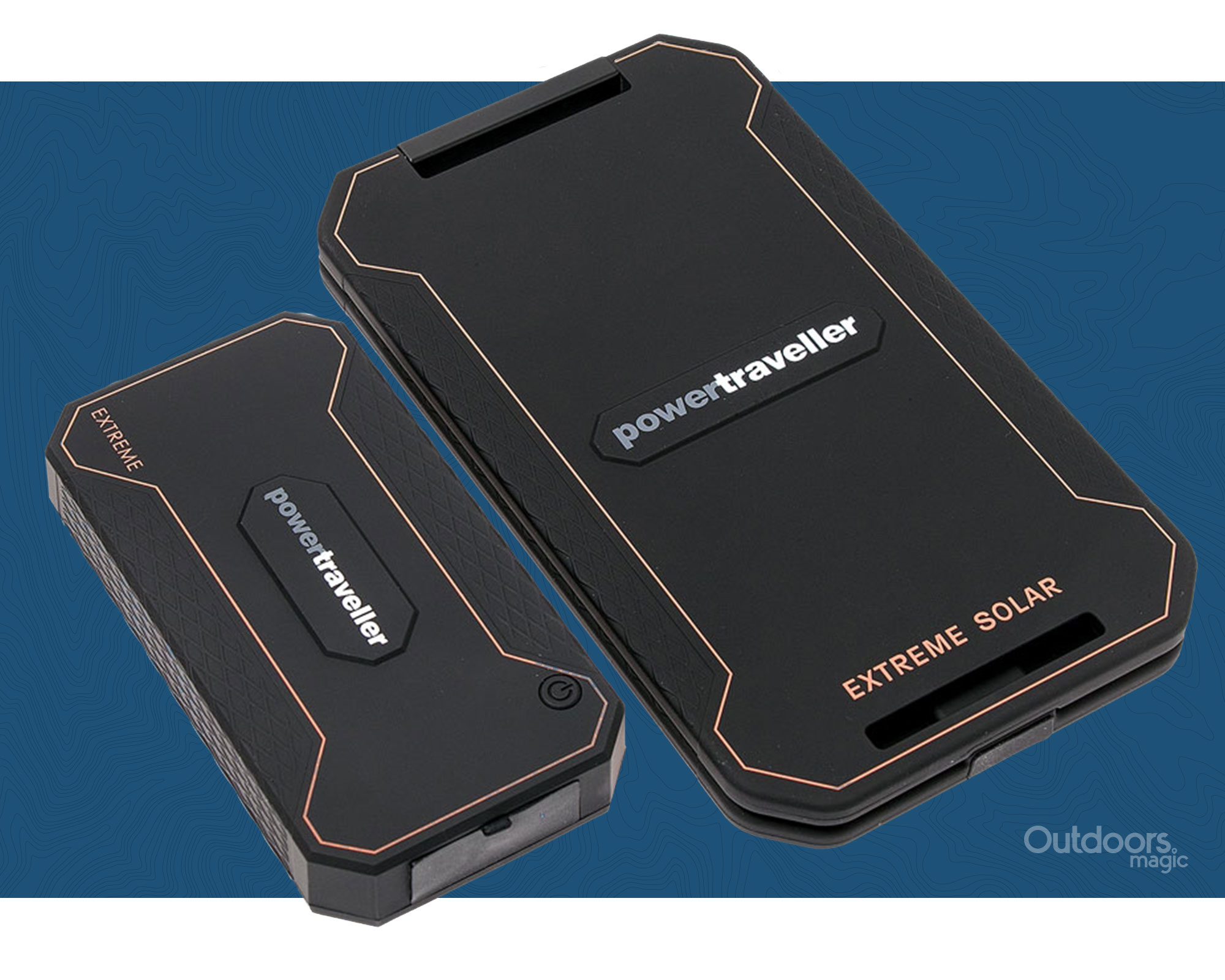In recent years, the rise of portable battery chargers or power banks has meant that heading into the great outdoors no longer means going off-grid. And being able to keep your devices charged even when you’re miles from the mains has some undeniable benefits. After all, a functioning phone can be a lifesaver in an emergency. We’ve tested ten of the best portable power banks and solar chargers for backpacking in a range of sizes and capacities. So whether you’re after a small, lightweight pocket pal or a rugged, heavy-duty hero, there should be something for you. This group test also includes three solar-powered chargers. These offer an alternative solution to the perennial power problem for adventurers planning to spend multiple days in the wilderness.
What Makes The Best Portable Power Pack?
Firstly, think about how much power you’re likely to need and how long you might be away from a power source. This will dictate what size power bank you need in terms of battery capacity, which is usually measured in milliamp hours (mAh).
Best Waterproof Jackets
Best Down Jackets
To help you out, note that it typically takes 2,500 to 3,500mAh to charge a modern smartphone (though many factors can affect power consumption). Charging a GPS unit or digital camera is likely to consume a similar amount of power, while charging a head torch, smartwatch or GoPro will consume much less. High-powered devices like tablets and laptops are the biggest drain on battery capacity.

Put simply, the larger the rated capacity (in mAh), the more juice the power bank can store – though the trade-off is increased size and weight. So if you’re only carrying a smartphone on a day walk and just want a back-up power source, look for a pocket-sized battery charger. On the other hand, if you’re planning to spend multiple days in the wilderness carrying a number of different devices (like a GPS, phone, GoPro and digital camera), then you’re going to need one of the bigger power banks around (probably 20,000mAh+).
To power multiple devices effectively you’ll also need a power bank that supports simultaneous charging, i.e. one that has at least two or more outlet ports. Many of the latest models also offer features such as quick charging through high-speed USB or USB-C connectivity, as well as in-built technologies to prevent over-charging and optimise charging efficiency.
Durable Power Banks
Also consider your environment. In damp, humid conditions or on expeditions you might need a waterproof and rugged power bank, which can cope with moisture or even complete immersion as well as bumps and knocks. If so, look for a product with a certified IP (International Protection) rating, which is usually expressed as two letters or numerals, e.g. IPX6 or IP67. This standard classifies the degree of protection provided against intrusion, dust, accidental contact and water.
“It typically takes 2,500 to 3,500mAh to charge a modern smartphone”
As well as being impact and water-resistant, power banks specifically designed for the great outdoors often have LED lights, so they can be used as torches. This can be a useful additional feature, as can power banks with integrated charging cables – so you don’t have to remember to bring separate cables with you.
Other devices have integrated or add-on solar panels, which offer the ability to top up the power using energy from the sun. Solar panels are becoming more efficient all the time, meaning that this is now a viable option for those planning to spend days or even weeks off-grid. Most solar panels trickle-charge a power bank over a period of several hours, but others can also be plugged directly into your device.
Guide To Power Banks

- Fully charge all your devices before you head out – that way you can save your power bank’s juice for when you really need it
- It takes more power to charge most devices from 0 to 50% than it does to charge from 50% to full, so top up your devices when they dip to 50% rather than letting them run right down
- Unplug your device as soon as it is near full charge. Keeping a device plugged in so it is continually topping itself up to 100% can drain some power banks very quickly
- Use the cables supplied with either your device or your power bank. Cheap, inferior cables increase resistance, which can increase battery drain and adversely affect charging speeds
- For fastest charging speeds, use the highest-rated outlet on your power bank (for example, a 2.1A USB port will charge more quickly than a 1A USB)
- Try not to use your devices while they are plugged in and charging from your power bank
- Use your power bank regularly. Run a simple charge and discharge cycle once a month to help maintain the internal battery
- Don’t let your power bank or your devices get cold. Low temperatures can reduce the speed at which a battery discharges. If you’re camping, wrap them in your clothes or even keep them in your sleeping bag so they stay warm


